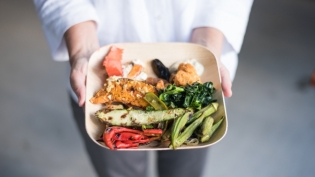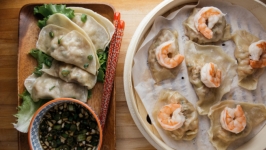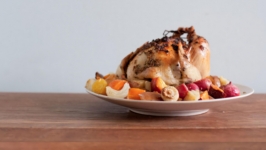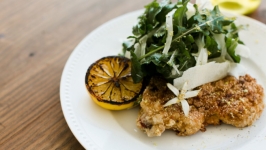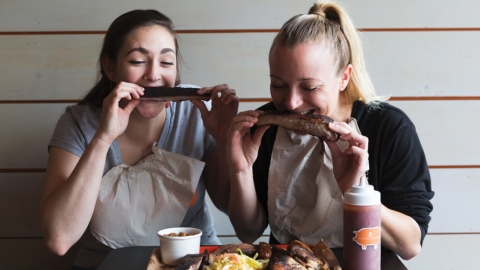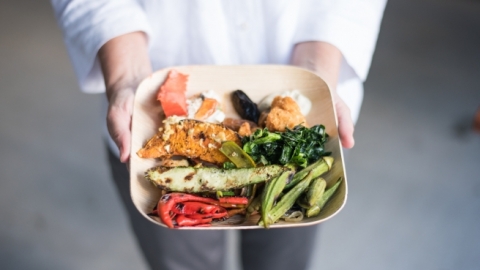The True Cost of Local Meat
In 2013, Casey Lane, a St. Johns County firefighter, decided to follow his passion for clean food and local farming. He and his family moved to Brooker, Florida and started raising heritage hogs for their meat. Unlike large industrial farming, Lane’s hogs freely roam the oak hammocks, digging for plant roots and grubs, as they would in their natural habitat.
The price of Lane’s pork at the market is higher than what most shoppers are accustomed to paying, up to two or three times higher, which inevitably leads consumers to ask, “why is buying local meat so expensive?”
The question we should be asking, however, is, “Why are prices at the grocery store so cheap?”
Lane believes government policies favor “Big Ag” and make it hard for small farms to compete. The Agricultural Act of 2014, a.k.a. the Farm Bill is an example of government policy benefitting large-scale growing operations. Like the many iterations before it, the Farm Bill pays large-scale farmers a subsidy to grow corn, soybean and wheat, thus artificially dropping the price of crops and products made from them, such as livestock feed.
Livestock feed, the grain used to supplement the animals’ diet, is an important factor in determining the final price of meat. Lane uses a non-GMO grain that is twice the price of conventional grain made with subsidized commodities. The non-GMO feed is not readily available like other grain because of low demand. In fact, Lane travels nearly 50 miles to pick his up. It's only shipped to Florida once a month.
Another reason for higher pricing of local meat is that government regulations are not sensitive to the scale of an operation and this means more work for small producers. Instead of allowing small farms to process meat onsite, they must adhere to regulations designed for large meat processors, and this is time-consuming for a farmer who processes only a few animals at a time. Lane makes three 90-mile trips for his pork to be USDA processed — one trip to deliver the live animals, one trip to pick up the packaged meat in a refrigerated truck and a third to pick up other items, like fat or organs.
Finally, there’s a cost associated with the humane treatment of animals. Instead of raising herds for nutritional density and superior taste, industrial farming is focused on driving prices down by breeding animals that grow faster — feeding them artificially cheap grains and housing the herds in unspeakable conditions. “Health, humanity and compassion are kicked out the door for efficiency,” Lane said.
Consumers have grown accustomed to low grocery store prices, creating a cyclical dilemma for farmers choosing between responsible practices, quality and profit. To be profitable, Lane sells to a market that values responsibly raised meat and to consumers willing to pay the real cost of fair food. Not only does Lane feel his pork is more sustainably raised and tastes better, he also knows it’s worth the price.
Looking for locally-sourced, sustainably produced meats? Try Front Porch Pickings home delivery, Native Sun Jax, The Market at Stewart's, or visit your local farmers market to buy directly from the farm.




